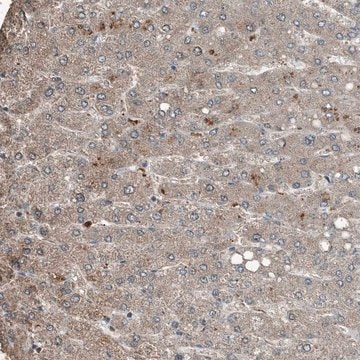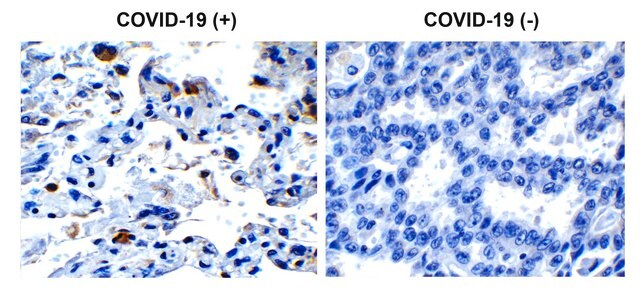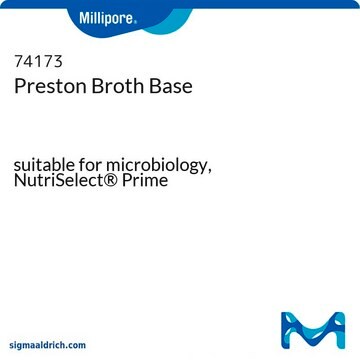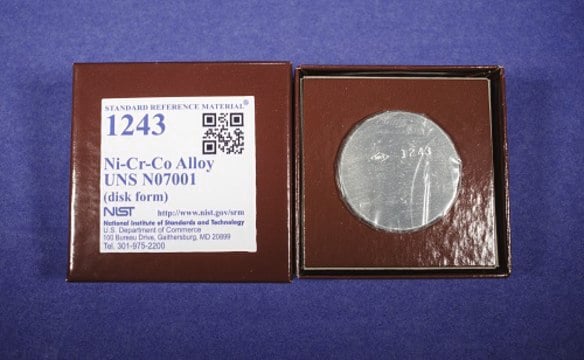MABE308
Anti-ICBP90/UHRF1 Antibody, clone 1RC1C-10
ascites fluid, clone 1RC-1C10, from mouse
Sinónimos:
E3 ubiquitin-protein ligase, inverted CCAAT box-binding protein, Nuclear protein 95, Nuclear zinc finger protein Np95, HuNp95, RING finger protein 106, Transcription factor ICBP90, Ubiquitin-like PHD and RING finger domain-containing protein 1, Ubiquitin
About This Item
Productos recomendados
biological source
mouse
Quality Level
antibody form
ascites fluid
antibody product type
primary antibodies
clone
1RC-1C10, monoclonal
species reactivity
human
technique(s)
ChIP: suitable
immunocytochemistry: suitable
immunohistochemistry: suitable
western blot: suitable
isotype
IgG1
NCBI accession no.
UniProt accession no.
shipped in
wet ice
target post-translational modification
unmodified
Gene Information
human ... UHRF1(29128)
General description
Immunogen
Application
Epigenetics & Nuclear Function
Chromatin Biology
Immunocytochemistry Analyisis: A representative lot from an independent laboratory detected ICBP90/UHRF1 in ICC (Hopfner, R., et al. (2001). Gene. 266(1-2)15-23.).
Immunohistochemistry Analysis: A representative lot from an independent laboratory detected ICBP90/UHRF1 in human appendix and human breast carcinoma tissues (Hopfner, R., et al. (2000). Cancer Res. 60(1):121-128.).
Chromatin Immunoprecipitation Analyis: A representative lot from an independent laboratory immunoprecipitated ICB90/UHRF1 in ChIP (Felle, M., et al. (2011). Nucleic Acids Res. 39(19). 8355-8365.)
Quality
Western Blot Analysis: A 1:5,000 dilution of this antibody detected ICBP90/UHRF1 in 10 µg of HeLa cell lysate.
Target description
Physical form
Storage and Stability
Handling Recommendations: Upon receipt and prior to removing the cap, centrifuge the vial and gently mix the solution. Aliquot into microcentrifuge tubes and store at -20°C. Avoid repeated freeze/thaw cycles, which may damage IgG and affect product performance.
Analysis Note
HeLa cell lysate
Disclaimer
Not finding the right product?
Try our Herramienta de selección de productos.
Storage Class
12 - Non Combustible Liquids
wgk_germany
nwg
flash_point_f
Not applicable
flash_point_c
Not applicable
Certificados de análisis (COA)
Busque Certificados de análisis (COA) introduciendo el número de lote del producto. Los números de lote se encuentran en la etiqueta del producto después de las palabras «Lot» o «Batch»
¿Ya tiene este producto?
Encuentre la documentación para los productos que ha comprado recientemente en la Biblioteca de documentos.
Nuestro equipo de científicos tiene experiencia en todas las áreas de investigación: Ciencias de la vida, Ciencia de los materiales, Síntesis química, Cromatografía, Analítica y muchas otras.
Póngase en contacto con el Servicio técnico





